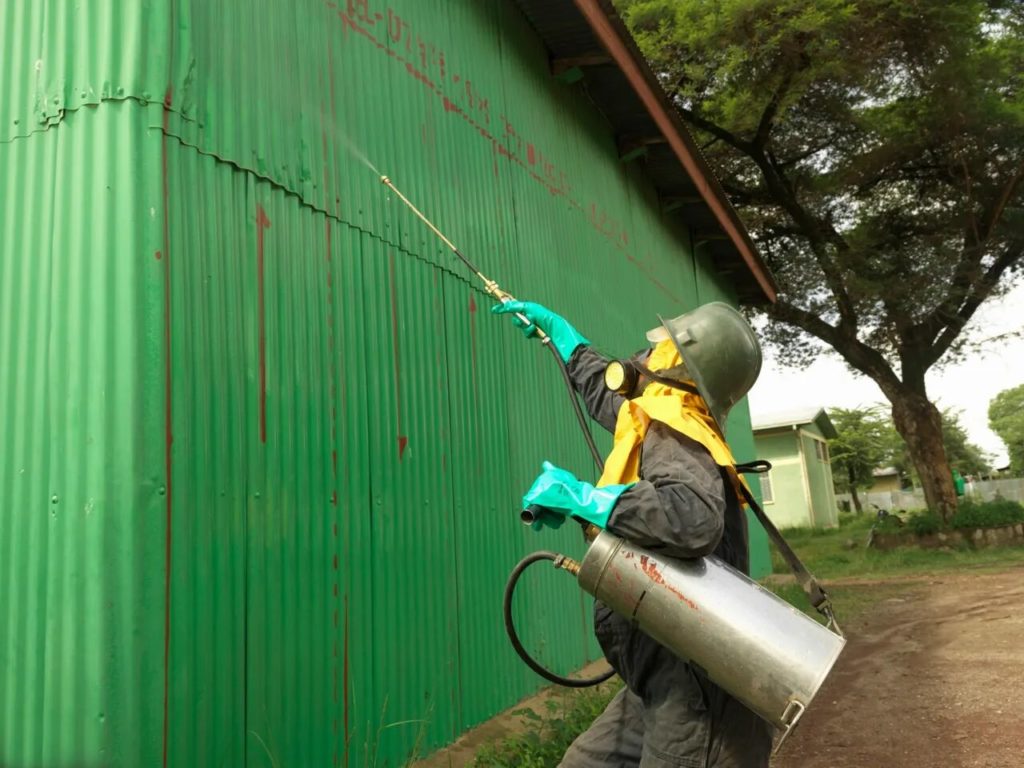To be or not to be? Can we beat malaria by 2050?
Guest blog: Ashley Giles, Malaria Consortium
The Lancet Commission’s new report on malaria eradication has started a debate about how quickly eradication can realistically be achieved. The malaria community is divided on the issue. Malaria Consortium has shared this blog on the balance between the new report and the view of the WHO.
There have been a plethora of articles published over the past few weeks on the topic of malaria eradication following the launch of The Lancet Commission’s report and its headline finding that it may be possible to eradicate malaria by 2050.
Take a look at these articles in Vox and TIME Magazine. The report has certainly got people talking about an end to malaria and when that end can realistically be achieved.
The Lancet Commission’s view that malaria can be eradicated by 2050 is coupled with a ‘roadmap’ that stipulates an essential requirement for the global community to do more to fight the disease. Without greater international action, they say, it won’t be possible. But with the addition of new technologies and renewed financial and political will, the report says a target of 2050 is achievable.
Not everyone agrees, however, and dissenting views on health issues don’t come much larger than from the World Health Organization (WHO) which has dismissed the 2050 target as ‘unhelpful’. A report on malaria eradication from WHO’s Strategic Advisory Group on Malaria Eradication, released a couple of weeks before The Lancet Commission’s report, also states the case for eradication and feasible steps that could be taken to achieve it in the future. Notably, however, it stopped short of setting a deadline for eradication, citing the sense of defeat created by a failure to meet malaria eradication targets in the 1970s.

While WHO and the Lancet Commission broadly agree on a few points, including the need for new tools to fight the disease and eradication being conceptually possible, WHO argue that the focus should be on reclaiming the momentum that drove down malaria deaths between 2000 and 2015. The 2018 edition of the World Malaria Report showed there had been no significant progress in reducing cases of malaria globally between 2015 and 2017.
Malaria Consortium’s Technical Director Dr James Tibenderana says the situation is complex, but more in line with the view taken by WHO’s report. “In order to achieve eradication by 2050, we will need substantial investment in new tools – such as a safe, affordable and effective vaccine, and interventions which prevent the mosquito from being an effective transmitter of malaria – such as gene drive technology.” Gene drive is one of a number of new tools at research and development stage, but it is likely they will need to be refined further and comprehensively tested before they are ready for use on a large scale.
“We need to improve the coverage and the acceptability of existing tools to ensure that efforts are made towards malaria control and elimination – before ultimately focusing on eradication. It will still be impossible to achieve elimination and eradication in countries with human forms of malaria if their health systems are weak, especially at the primary health care level.”
Dr Tibenderana also underlines the importance of improving current responses to malaria and coupling this with developing stronger health systems in general before looking far into the future.
Aiming for anything 30 years into the future is undoubtedly difficult and ambitious. What we do know from current trends is that cases of malaria are not decreasing and Malaria Consortium believes reversing that trend should be the first priority.
